WESTERN VISAYAS, December 21, 2023 – Gathering around 30 locals from Barangay Cabacungan in the municipality of La Castellana, Negros Occidental as part of its community organizing endeavors, the Department of Agriculture – Special Area for Agricultural Development (DA-SAAD) Program completed a three-day Participatory Rural Appraisal (PRA) among local residents in preparation for beneficiary expansion for the FY 2024 implementation.
The participants are members of Sitio Bungyod Agrarian Reform Beneficiaries Association (SBARBA) who were targeted to be part of next year’s pool of beneficiaries. Coming from different sectors consisting of youth, elderly, and barangay health workers, they convened in Sitio Bungyod and served as main contributors in the study.
To forge a strong partnership with the community, economic self-reliance of the group must first be established. Leaning on the word “participatory”, the main subjects of the community study engaged in an extensive process of identifying issues and solutions, in a full local scope; this, in turn, will help develop their civic capacities as one community. This is the first step towards community organizing under the umbrella of Social Preparation – the conduct of preliminary social analysis.
With the use of PRA tools, both the participants and the facilitators have engaged in a deliberate analysis of the community’s circumstances- its geographical location, resources available within their surroundings, government intervention in the area, prevalent problems in the community and potential solutions – through the lens of the local informants at grassroot level. Relying on their knowledge and making them feel that their contribution is of big importance can help build rapport among those involved which is necessary in the whole duration of the workshop.
On the first day, a comprehensive overview of the activity was introduced to the participants. Led by Negros Occidental Cluster Head, Ms Ivy F. Italia, together with Community Development Officer Jezer John Chispa and Administrative Assistants Bryan Capunong and Joey Flores, the first day kicked-off with the village and agro-ecosystem mapping, of which the barangay leaders and workers spearhead the plotting of these maps to identify resource-rich, hazard prone, and revenue stream areas.
The activity continued with the formulation of timeline and trend analysis which compares significant developments observed from the past and present in order to draw conclusions for the future. A seasonal calendar, resource flow diagram, cost and return analysis, institutional diagram, and gender roles was also arranged to visualize community perceptions in indicators such as production and weather patterns, cash availability, and time and gender-related variations on labor and other farm activities.
On the third day, the learning and awareness-raising activity on the identification of problems in the community stimulated discussion among the participants. Lack of water supply in households, which existed for years already, was identified as the main problem of Brgy. Cabacungan. This can be attributed to the small connection pipes from the source to the water tank that accommodates residential areas and the lack of a water management system.
Though La Castellana is a first class municipality, its poverty incidence rate was recorded at 26.98% by the Philippine Statistics Authority (PSA) in 2018 which qualified it to be this year’s beneficiary. As the program initially implemented projects in three barangays, namely Brgy. Talaptap, Brgy. Camandag, and Brgy. Sag-ang this year, it now seeks to expand to Barangay Cabacungan in 2024, which counts as a potential site for native chicken production should the project be set in motion.
The PRA, with its enabling nature, allows the participants to learn about their condition and situation. It likewise fosters beneficiary-implementers dialogue that is crucial in project planning and execution. SAAD, in this regard, utilizes this tool in order to collect baseline data and supplement this participatory data with larger-scale information for decision-making. It extends to analysis, planning, and action; a joint initiative among the stakeholders which serves as a major building block in community organizing. ###
Writer: Cedie C. Bataga, DA-SAAD Western Visayas Information Officer

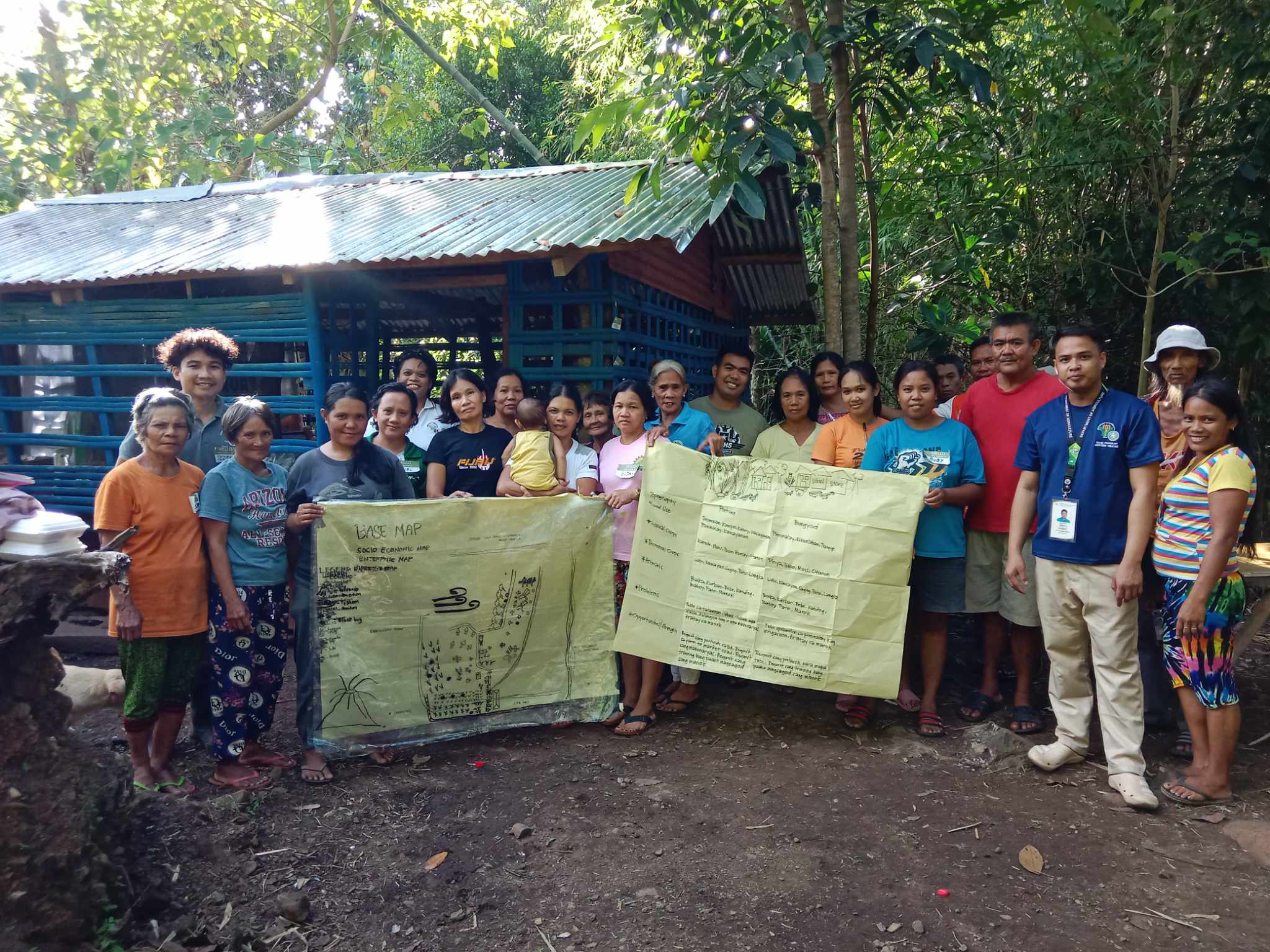
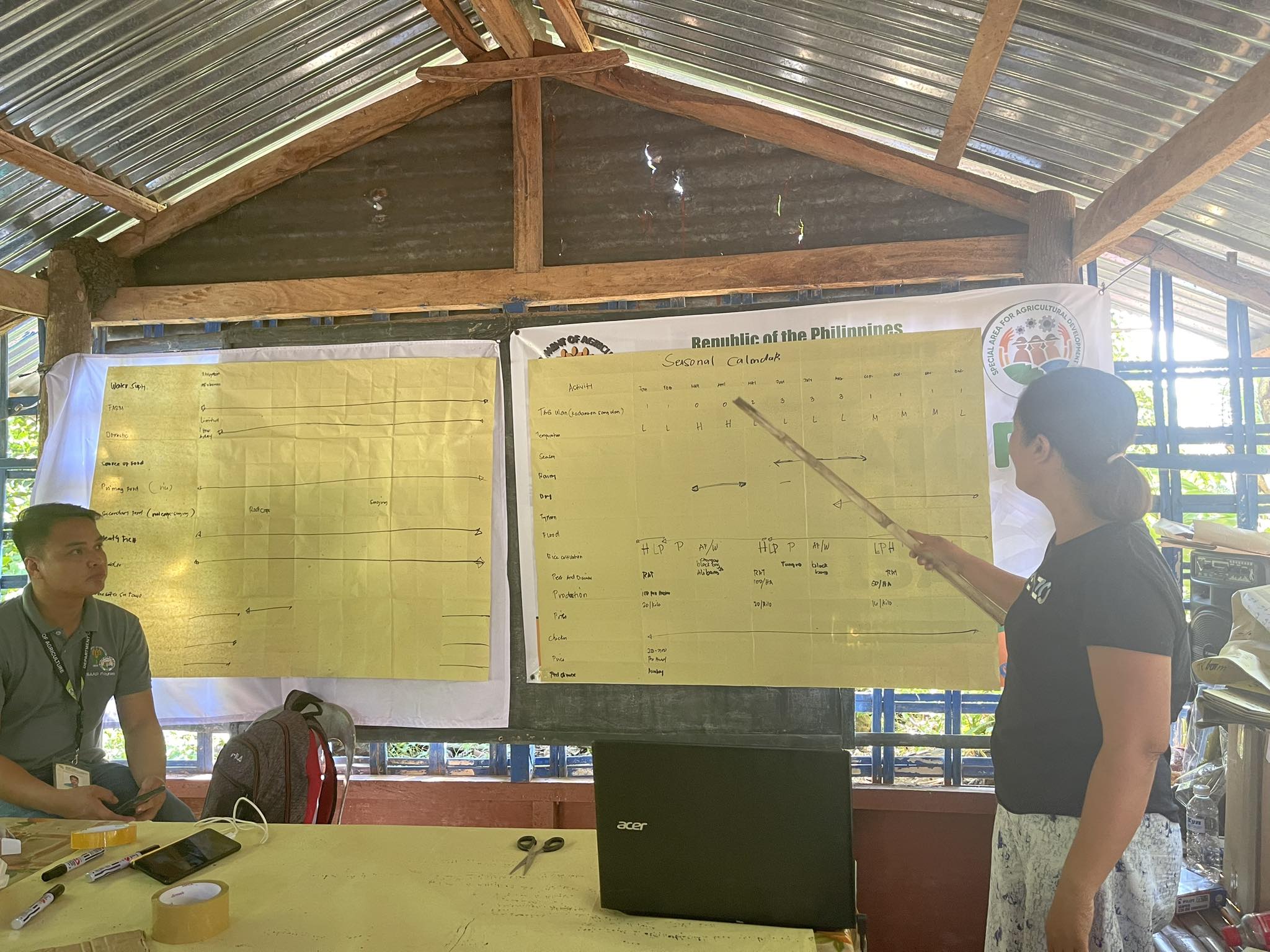

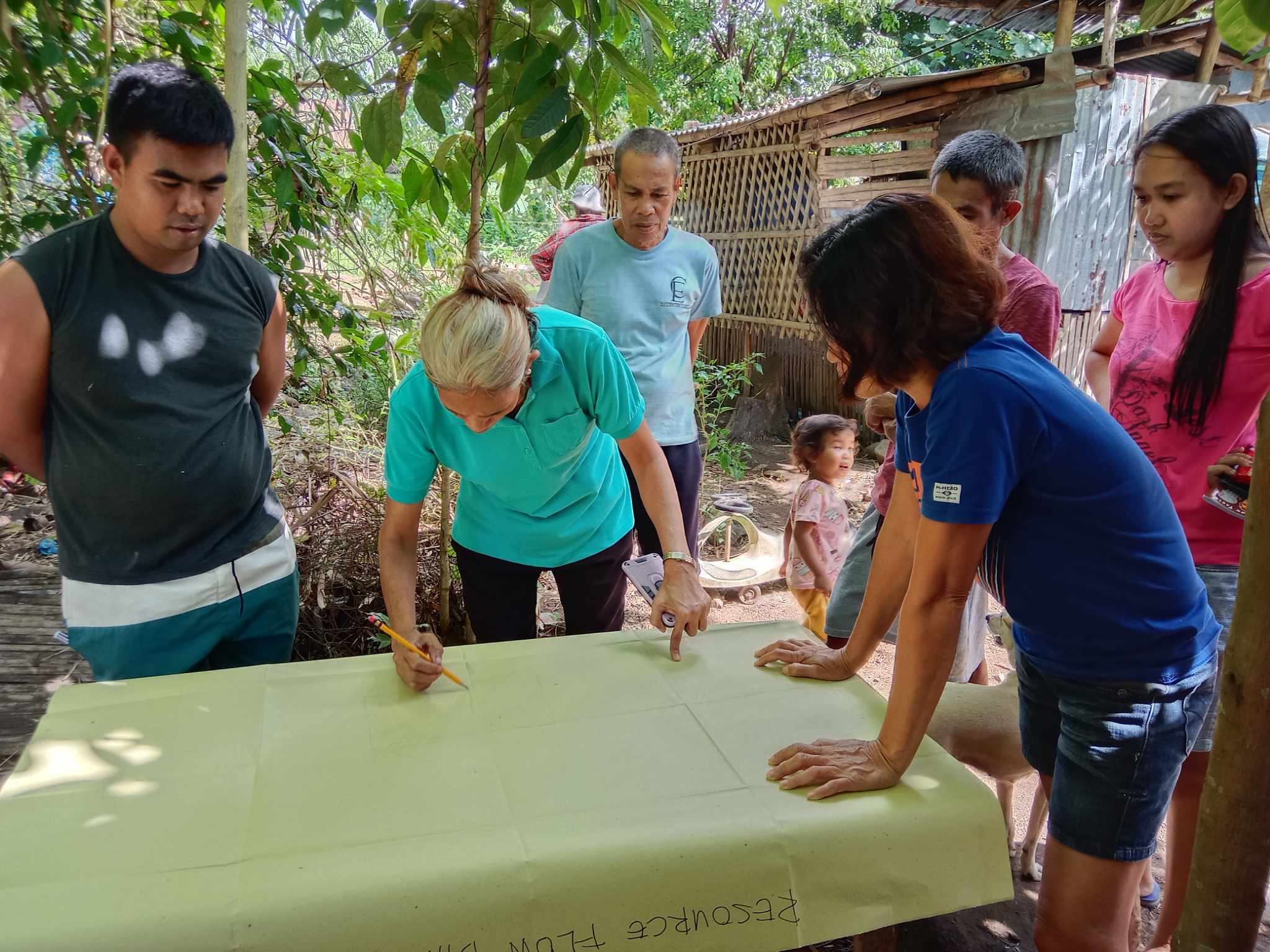
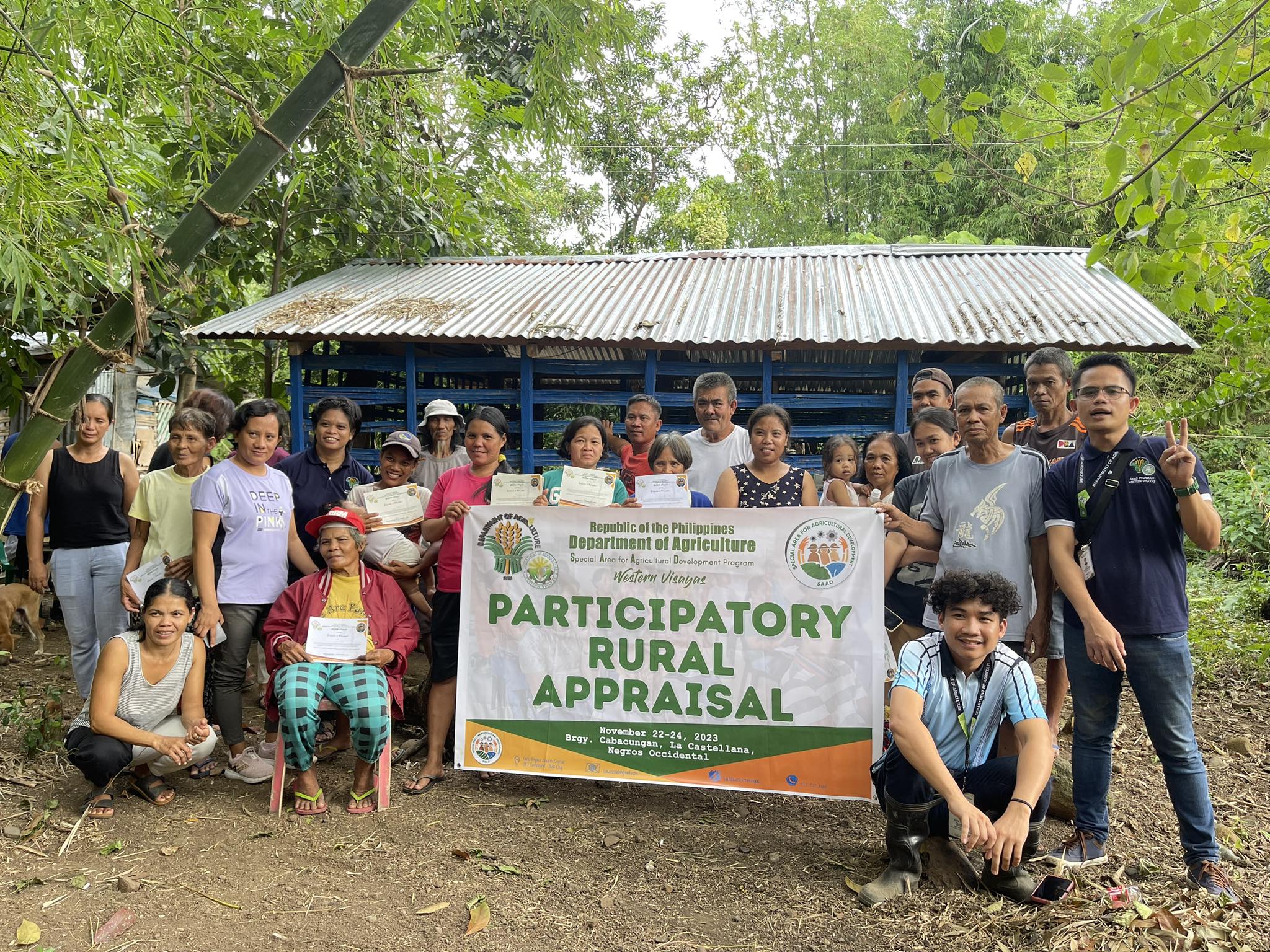
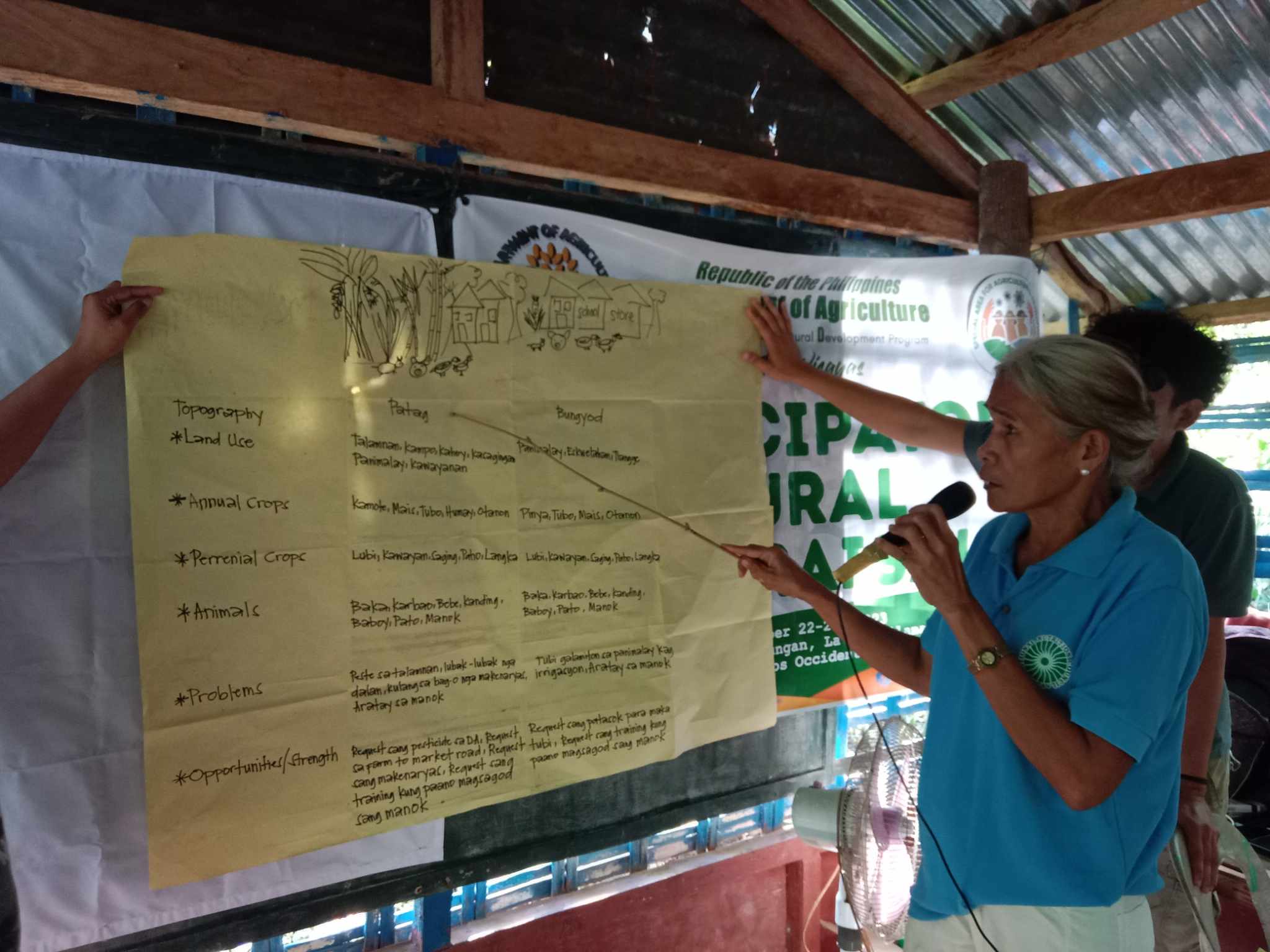
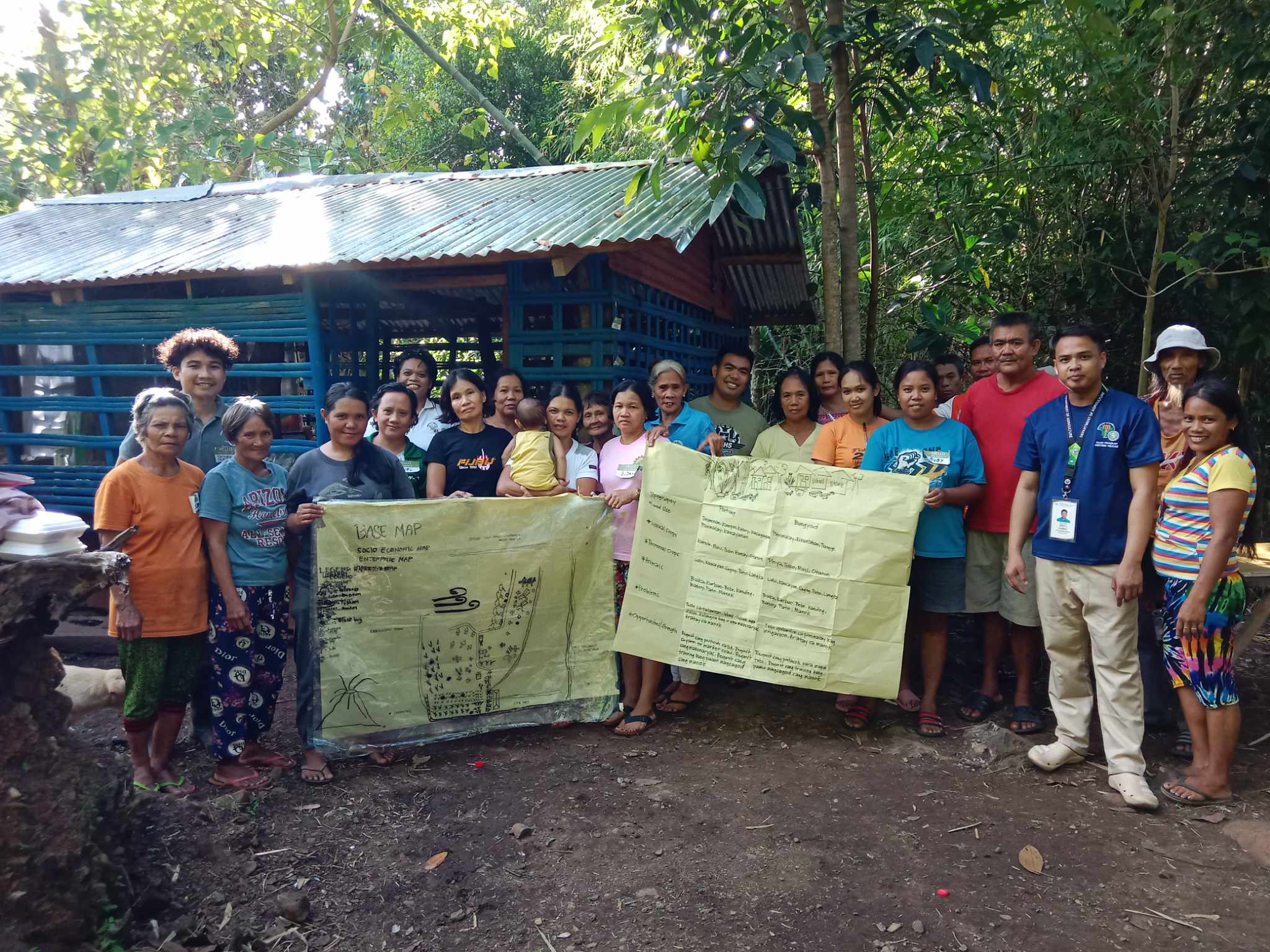



Comments (0)